How to Construct the Incircle of a Triangle
In the intricate world of geometry, triangles hold a special place. They are more than mere shapes with three sides and three angles. One fascinating aspect of triangles is the incircle, a circle that's perfectly positioned inside, gently touching all three of its sides. While the concept of this incircle may initially appear intricate, with a clear approach and the right methods, its construction is both engaging and insightful. In this guide, we'll delve into a clear and detailed breakdown, ensuring you grasp the underlying mathematics and steps involved in crafting the incircle of a triangle.
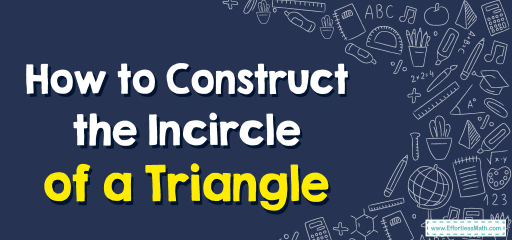
Step-by-step Guide: The Inscribed Circle of a Triangle
Tools Required:
- Straightedge or Ruler: For creating straight lines and measurements.
- Compass: Indispensable for constructing arcs and circles.
- Pencil: For marking and drawing.
Procedure:
1. Drawing the Base: Start with a triangle \(ABC\), which will serve as the foundation for our subsequent geometric constructions.
2. Angle Bisectors:
– For vertex \(A\), place the compass on \(A\) and draw an arc intersecting sides \(AB\) and \(AC\), creating points \(D\) on \(AB\) and \(E\) on \(AC\). Connect \(A\) to the point where the arcs intersect, creating angle bisector \(AD\).
– Repeat this process for vertices \(B\) and \(C\) to get their respective angle bisectors.
3. Identifying the Incenter:
– The incenter, denoted as \(I\), is the intersection point of the angle bisectors.
– This point is equidistant from all three sides of the triangle.
4. Constructing the Incircle:
– Set the compass width to the distance between the incenter \(I\) and any side of the triangle, say \(BC\). This distance is the inradius.
– With the compass point at \(I\), draw a circle. This circle, which touches all three sides of \(ABC\), is the triangle’s incircle.
Examples
Example 1:
Triangle \(DEF\) is a right triangle at \(E\) with sides \(DE = 3 \text{ cm}\), \(EF = 4 \text{ cm}\), and \(DF = 5 \text{ cm}\).
Solution:
Draw triangle \(DEF\) and follow the above steps to find its incenter and inradius.
The incenter will lie on the midpoint of the hypotenuse \(DF\), and the inradius will be half the difference between the hypotenuse’s length and the sum of the other two sides.
Example 2:
Triangle \(GHI\) is isosceles with \(GH = GI = 6 \text{ cm}\) and \(HI = 8 \text{ cm}\).
Solution:
After sketching triangle \(GHI\), construct the incircle.
Due to the symmetry of the isosceles triangle, the incenter will reside on the median from the vertex angle.
Practice Questions:
- Can an obtuse triangle have an incircle that touches all its sides? Explain.
- Given an equilateral triangle of side length \(9 \text{ cm}\), how would you find its inradius without constructing the incircle?
- Does the incenter of a triangle always lie within the triangle?

Answers:
- Yes, every triangle, including obtuse triangles, has a unique incircle that touches all its sides.
- For an equilateral triangle with side length \(a\), the inradius \(r\) can be found using the formula:
\( r = \frac{a}{2\sqrt{3}} \)
For \(a = 9 \text{ cm}\), \(r = \frac{9}{2\sqrt{3}} = \frac{9\sqrt{3}}{6} = 1.5\sqrt{3} \text{ cm}\). - Yes, the incenter always lies inside the triangle.
Related to This Article
More math articles
- Full-Length 8th Grade ACT Aspire Math Practice Test
- A Comprehensive Guide to Grasping the Essence of Absolute Value Functions
- 8th Grade LEAP Math Worksheets: FREE & Printable
- How to Find the Area and Circumference of Circles? (+FREE Worksheet!)
- Rules of Exponents
- How to Use Number Lines to Graph Equivalent Fractions
- 4th Grade STAAR Math FREE Sample Practice Questions
- Number Properties Puzzle -Critical Thinking 6
- How to Solve Rational Exponents?
- 7th Grade NSCAS Math Worksheets: FREE & Printable















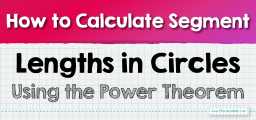
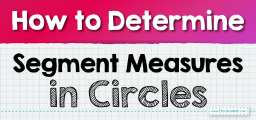
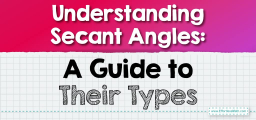


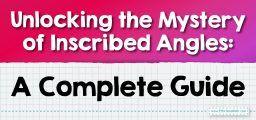





What people say about "How to Construct the Incircle of a Triangle - Effortless Math: We Help Students Learn to LOVE Mathematics"?
No one replied yet.